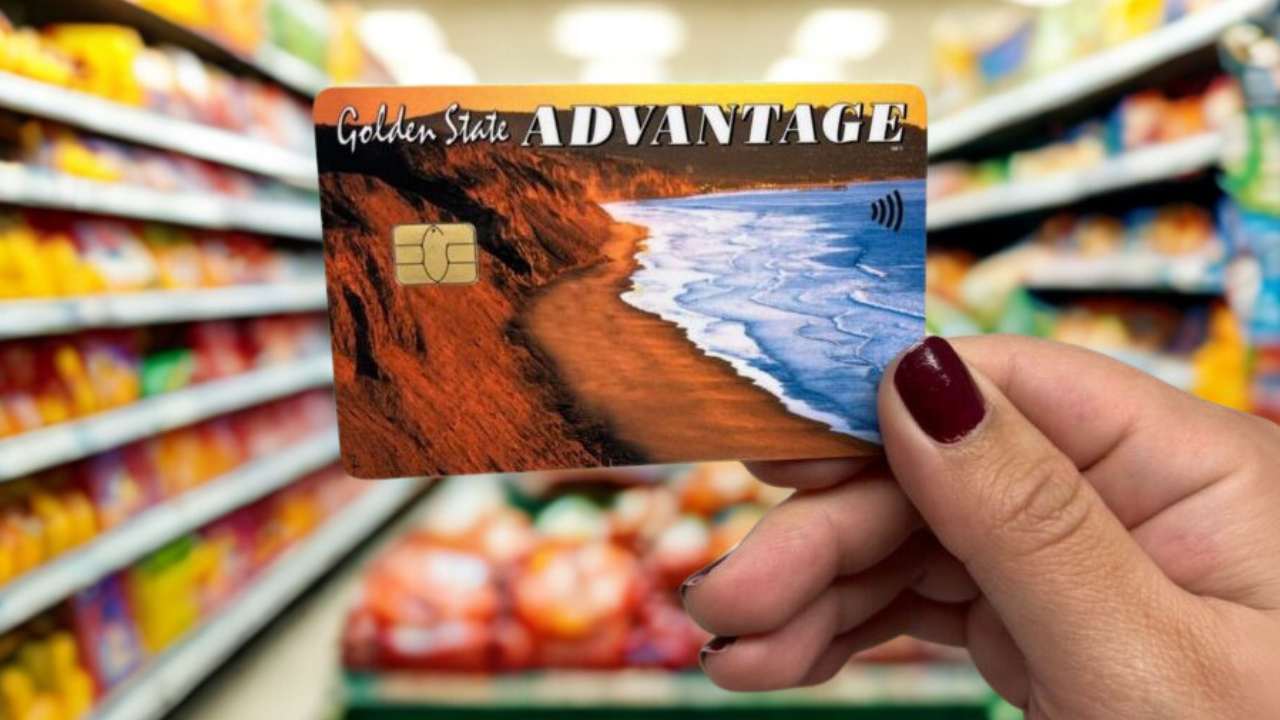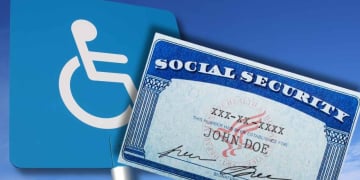CalFresh is California’s food assistance program. It is equivalent to the federal Supplemental Nutrition Assistance Program, or SNAP benefits. Its main purpose is to provide financial assistance to low-income individuals and families to purchase nutritious food.
Benefits are distributed monthly via an Electronic Benefit Transfer card, called the Golden State Advantage Card in California. This EBT card operates similarly to a conventional debit card. Users can use it at supermarkets, grocery stores, and farmers’ markets authorized by the state.
The big question: Am I eligible for CalFresh benefits?
Eligibility for CalFresh depends on multiple factors. These include income, household size, monthly expenses, and immigration status. For most households, gross monthly income must be at or below 200% of the Federal Poverty Level.
By 2025, that limit is approximately $2,510 per month for a single person. A two-person household faces a limit of approximately $3,408 gross per month.
The assessment considers gross income before any applicable deductions. Accurate documentation of wages, rent, and medical expenses is essential. The process verifies strict compliance with the economic parameters established by the regulations.
Other groups eligible for CalFresh EBT benefits
College students face specific rules for CalFresh. Those enrolled at least half-time generally do not qualify. Exceptions exist if they work at least 20 hours per week. This also applies to those participating in recognized state or federal job training programs. “Academic status requires a detailed review,” the guidelines state.
Immigrants have limited options within the program. U.S. citizens and certain immigrants with legal status may be eligible. Undocumented parents can apply for benefits for children born in the United States. “Undocumented parents themselves are not eligible,” officials state.
Older adults and people with disabilities receive special consideration. They may have higher asset limits than other applicants. Additional deductions for medical expenses increase their eligibility. This makes it easier for these groups to access food assistance.
CalFresh Dos and Don’ts: What you can and can’t buy
CalFresh benefits authorize the purchase of various foods for human consumption. The list includes fresh, frozen, or canned fruits and vegetables. Meat, poultry, and fish are also permitted without restrictions. Dairy products such as milk, cheese, and yogurt are eligible for purchase.
Bread, cereal, rice, and other grains are among the covered products. Additionally, the purchase of seeds and plants intended for home-grown food production is acceptable. “The EBT card allows you to select from a wide range of options,” officials explain.
There are clear prohibitions on the use of CalFresh funds. Hot foods prepared for immediate consumption cannot be purchased. Alcoholic beverages, tobacco, and related products are excluded. Vitamins, medicinal supplements, and medications are also prohibited.
Non-food items are excluded from the permitted purchases. This includes cleaning products, personal hygiene products, and household items. “The restrictions seek to align the program with its nutritional objectives,” the official documents state.
The trick to doubling your CalFresh money: Double Up Food Bucks
The Double Up Food Bucks program complements CalFresh in California. It allows recipients to double the amount spent on fresh fruits and vegetables. This initiative operates at select participating stores and farmers’ markets. For every dollar spent on these products with EBT, an additional dollar is awarded.
The mechanism works through EBT card transactions at participating locations. The bonus dollar is used exclusively for future purchases of fresh produce. The extra benefit is loaded onto the card or delivered through physical coupons. The maximum monthly limit per household is an additional $60.
SNAP/CalFresh Benefit Schedule for June 2025
The distribution of CalFresh benefits follows a predefined schedule. During June 2025, deposits occur between the 1st and 10th of the month. The exact date for each beneficiary is determined by the last digit of their case number. This ensures a staggered flow throughout the first ten days of the month.
If the case number ends in 1, the deposit is made on June 1. Cases ending in 2 receive funds on June 2, and so on. The sequence continues uninterrupted until cases ending in 0 on the 10th.




